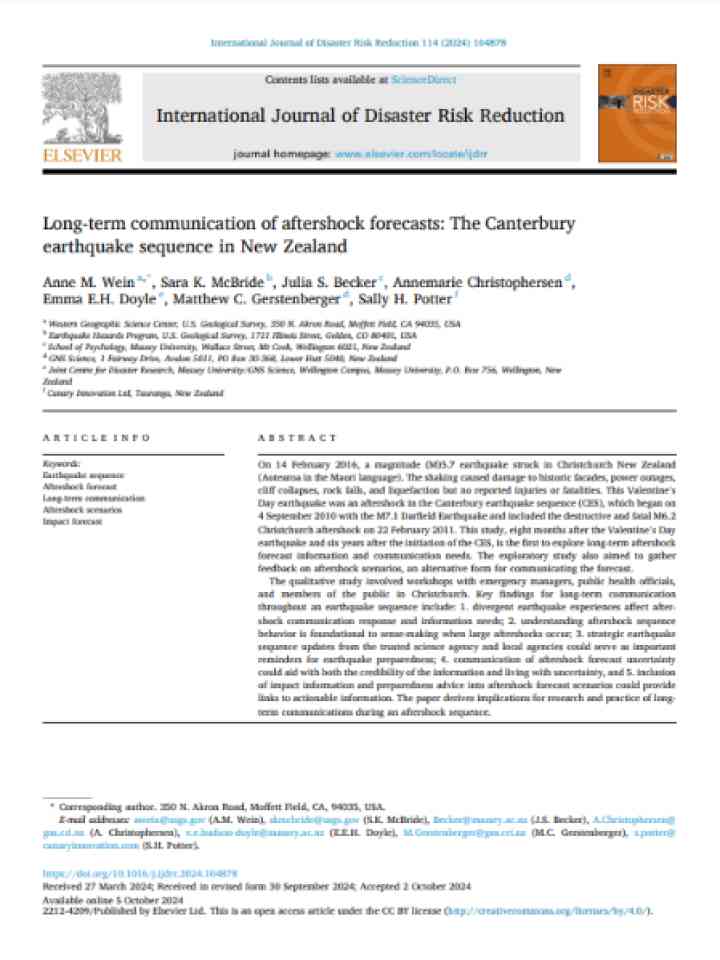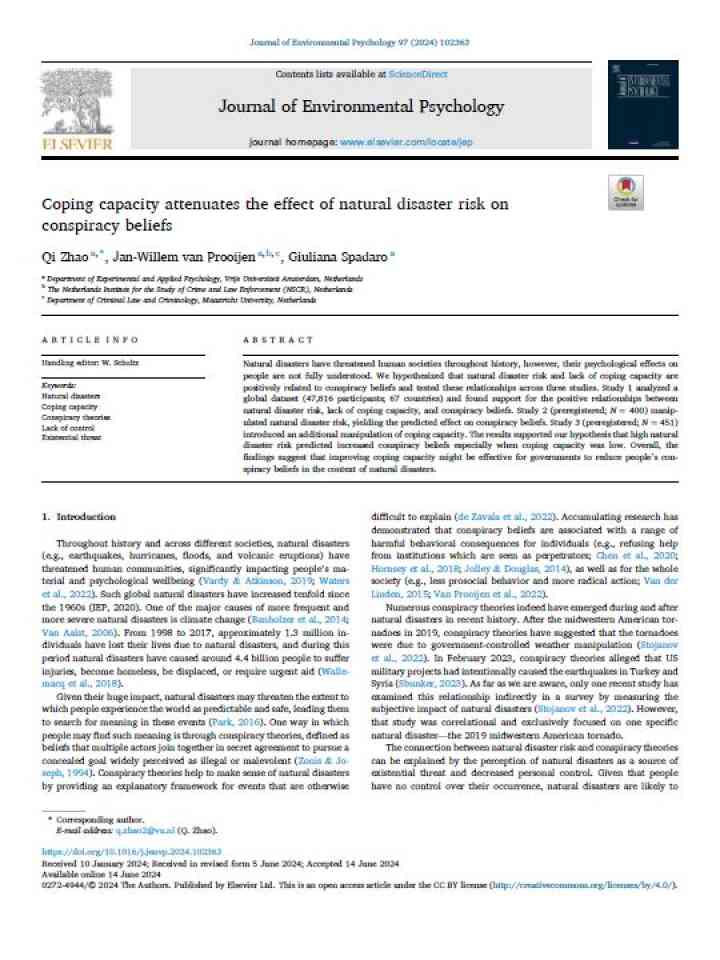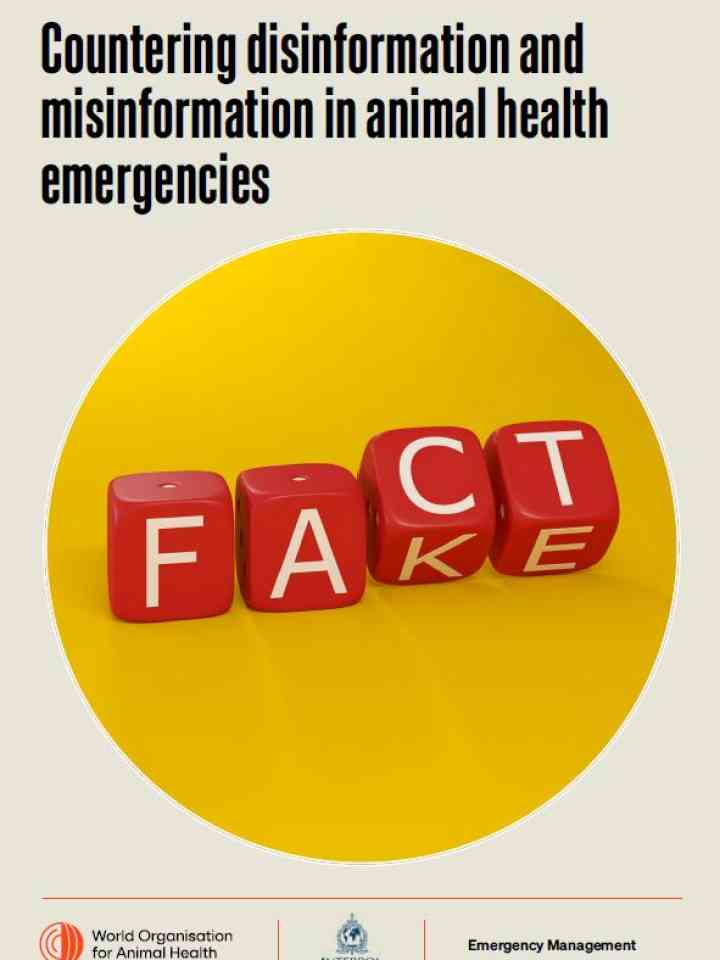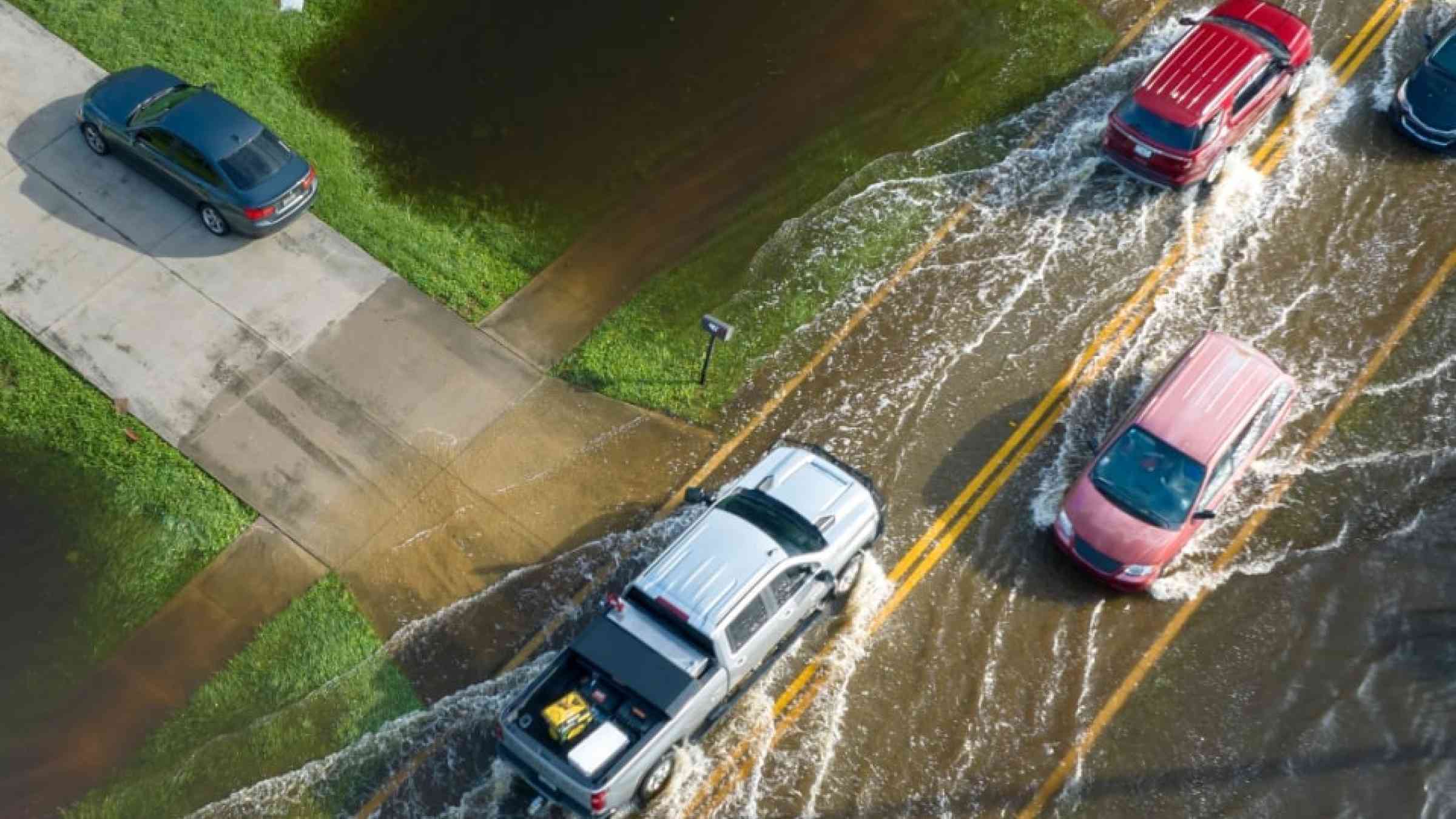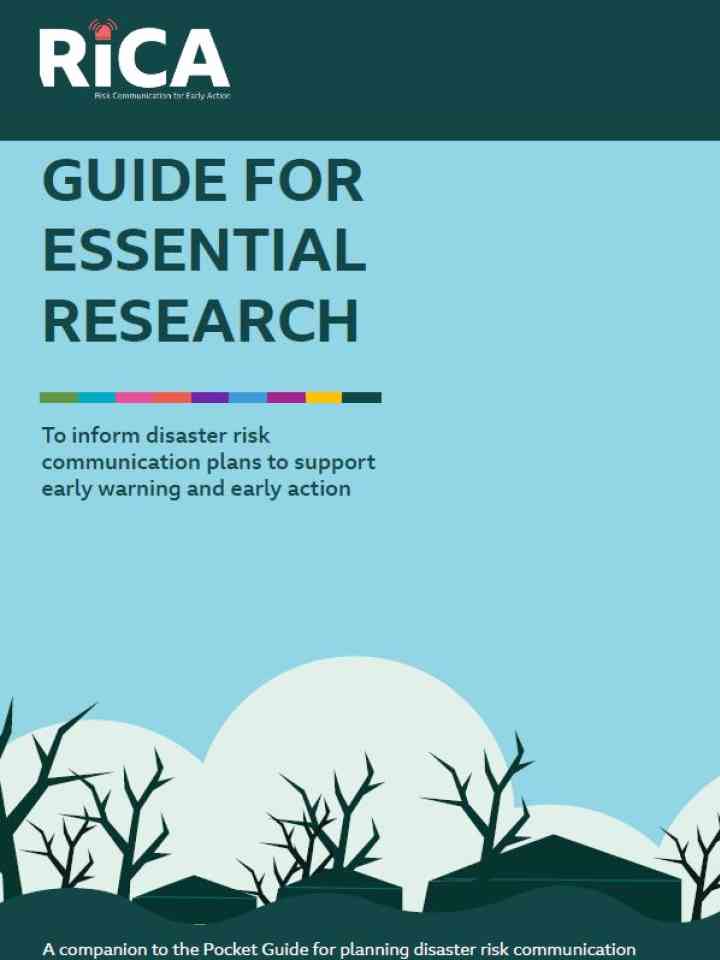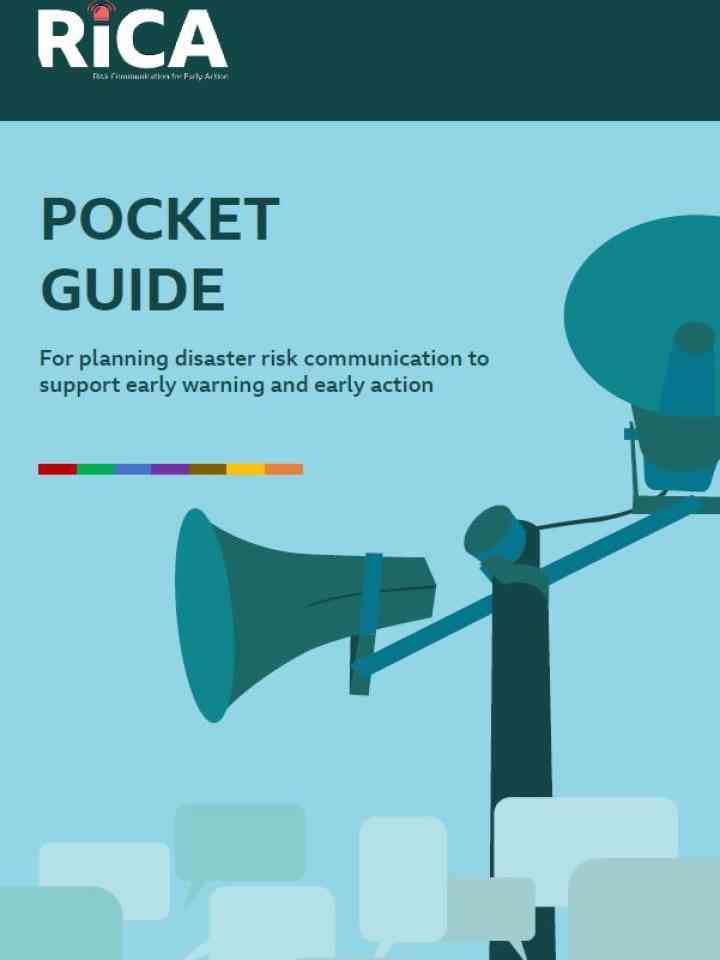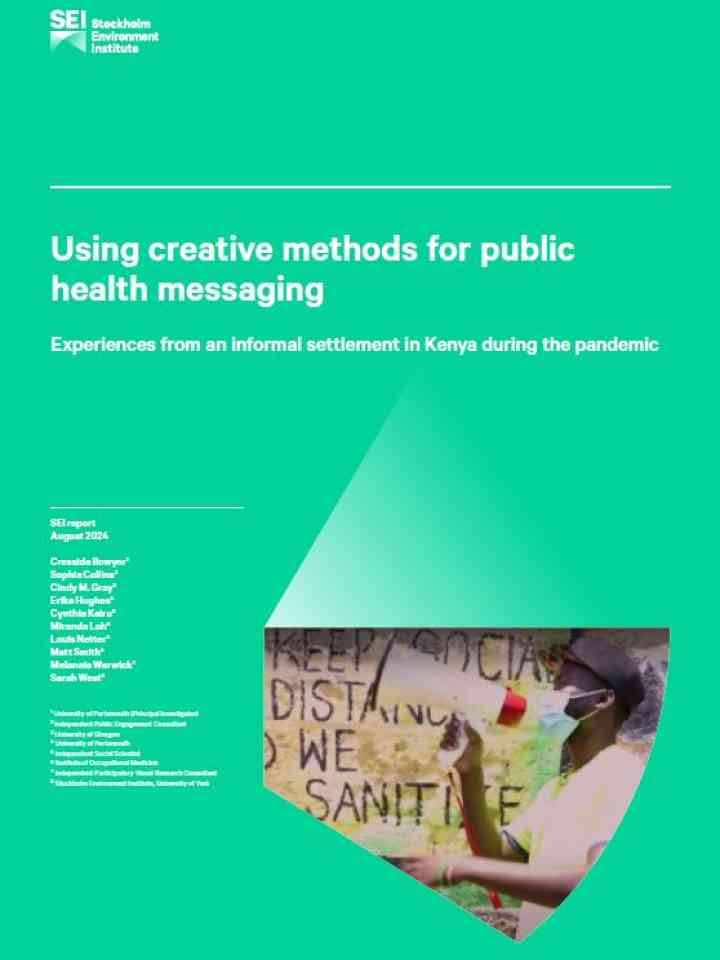Disaster risk communication

Introduction
Risk communication has a significant role in building a resilient community able to withstand and recover after disaster events. The main aim of risk communication is to create a shared understanding of risk among all involved stakeholders through coordination, collecting and disseminating information, planning for a crisis and crisis management.
If you don’t communicate at all or if you don’t communicate well, people will fill that information gap, experts say. It is thus important to design messages to suit specific audiences, a task requires consideration and understanding of the audience’s beliefs, and an awareness of why they reject certain messages.
This collection of resources on risk communication covers aspects on misinformation and disasters, risk perception and biases and communication on disaster risk reduction.
Visit the Disaster Risk Communication Hub and build your own risk communication plan.

